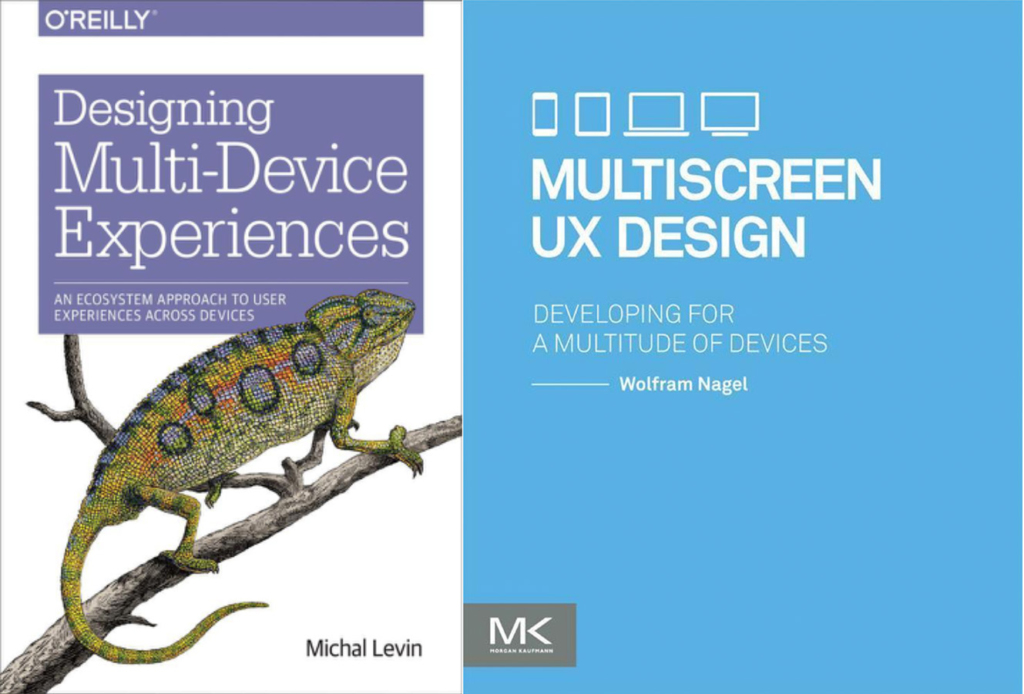Design Critique: WhatsApp (iPhone app)
Conversation Page of WhatsApp Description The conversation page of WhatsApp is what shown after user clicks any individual/group chat in chat list of the app’s 4th main tab, where they can communicate with other users through rich text, voice messages voice calls or video calls. In addition, it also supports document, location and contact sharing […]
Design Critique: WhatsApp (iPhone app) Read More »
